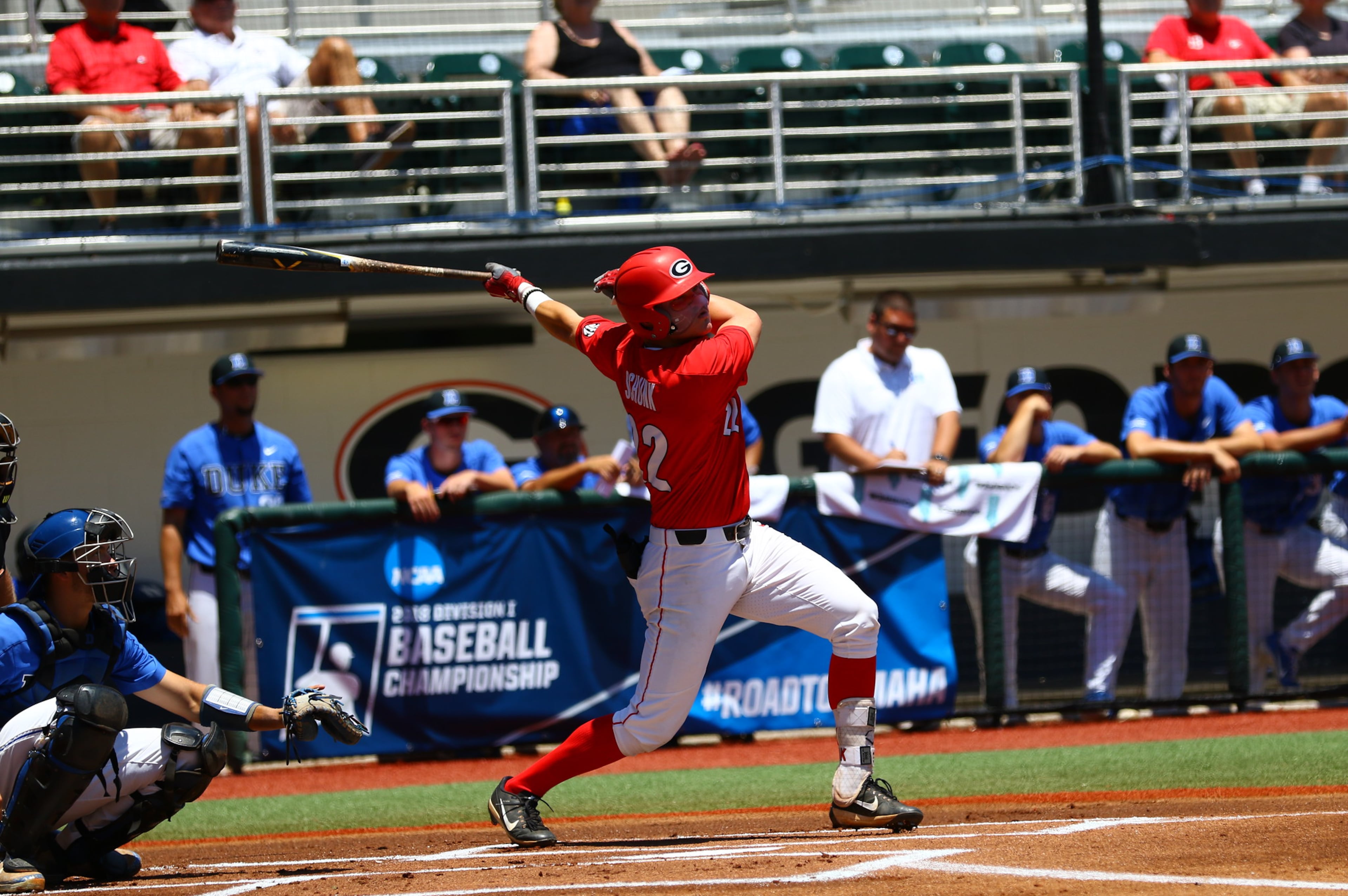Inside the stat: What is OPS?
• What is OPS? On-base plus slugging percentage is the statistical sum of on-base percentage (a player's ability to get on base) and slugging percentage (the ability to get extra-base hits).
• Adding up the math. OBP measures the rate at which a batter gets on base — excluding errors. Hitters with higher OBP usually bat leadoff.
The OBP for Braves leadoff hitter Jason Heyward is calculated by the sum of his hits (21) + walks (12) + hit by pitch (1) = 34, divided by the result of his at-bats (102) + walks (12) + hit by pitch (1) + sacrifice flies (0) = 115. [34/115=.296]
Heyward’s slugging percentage is calculated by the total number of bases reached (1B (14) + 2 x 2B (5) + 3 x 3B (0) + 4 x HRs (2) ) divided by at-bats (102). [32/102=.314]
This would make Heyward’s OPS (.296 + .314) .610.
• What's good? What's bad? The online stat site Fangraphs rates OBP this way: .400 and above, excellent; 0.320, average; and 0.290, awful. A slugging percentage above .500 is most desirable. In terms of OPS, players with a number higher than .900 are regarded as better hitters.
OPS was originally called “production” by Bill James, the godfather of sabermetrics, which regards traditional statistical categories as less important to rating a player. Heyward’s .610 OPS seems low, but it ranks fourth among baseball’s consistent leadoff hitters. Colorado’s Charlie Blackmon (1.034) and Milwaukee’s Carlos Gomez (.921) are among the league’s best.


